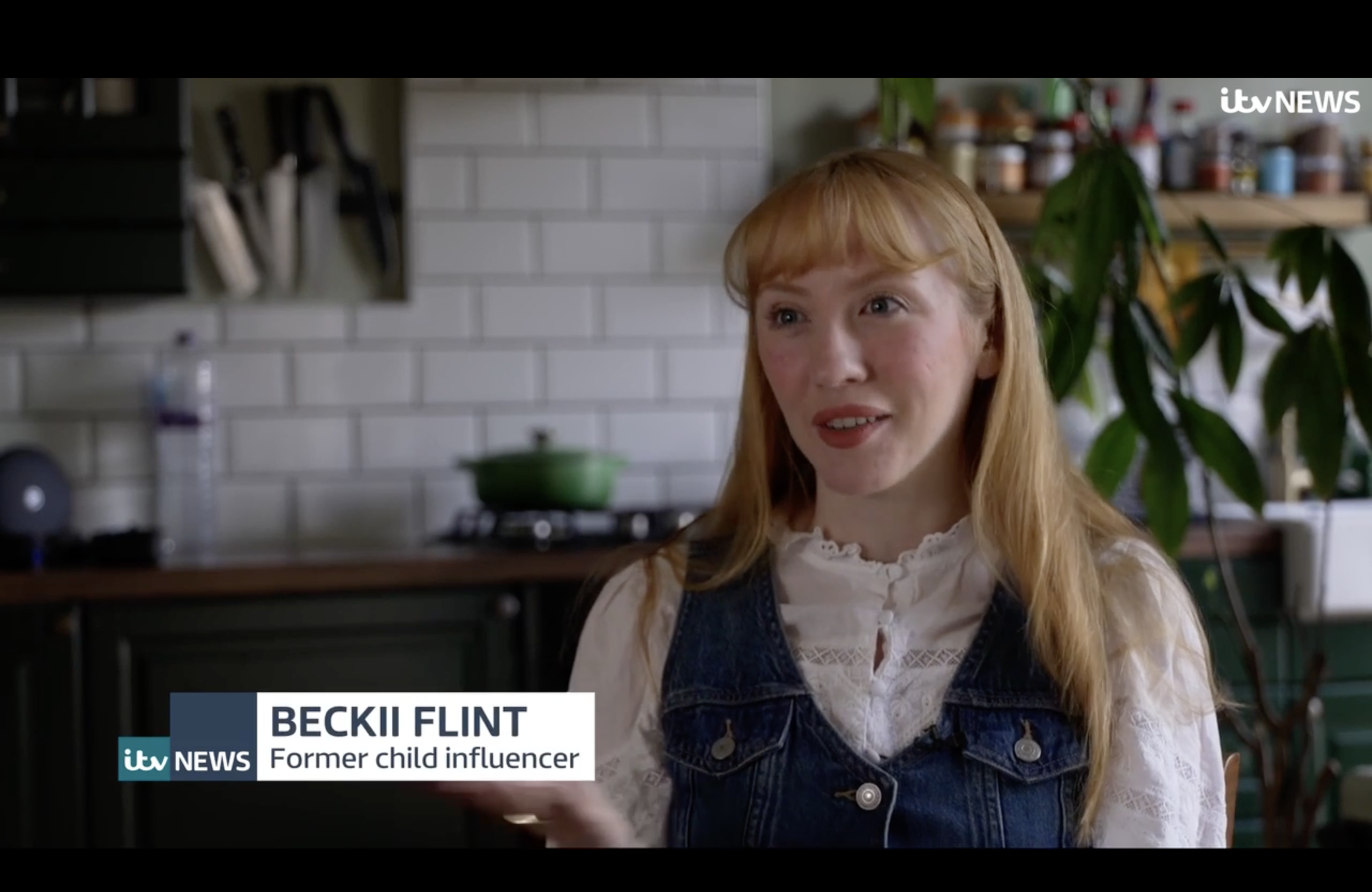How to Audit Your Social Strategy: Aligning Organic and Paid for Smarter Growth

Social media moves fast. Algorithms shift, audiences evolve, and the line between paid and organic content keeps blurring. Many brands either lean too heavily on organic content or throw money at paid ads without understanding what’s actually working. The brands that grow sustainably are the ones who connect both worlds with a clear, data-led creative strategy.
If you’re a marketer or part of a social media agency looking to improve performance, here’s how to conduct a complete audit of your current social media strategy across organic and paid channels.
Why a Social Strategy Audit Matters
Social media isn’t just about posting consistently or boosting content. It’s about understanding what role each post, campaign, and creative asset plays in your overall ecosystem.
An effective social media audit helps you:
- Identify which platforms and formats are delivering meaningful engagement
- Spot disconnects between organic storytelling and paid conversion goals
- Find wasted spend or missed opportunities in content and targeting
- Build a consistent brand presence across all channels
When done properly, this type of audit creates clarity, saves budget, and unlocks growth opportunities that one-sided strategies miss.
Eight Key Areas to Review in Your Social Media Audit
Focus on these eight lenses to analyse your current strategy. Each one reveals a critical link between organic and paid performance.
1. Foundation and Clarity
Ask yourself: does your content clearly communicate what you offer, how it works, and why it matters?
Strong social strategies start with clarity. Organic content builds familiarity and trust, while paid campaigns amplify that message to new audiences. If your creative assets confuse rather than convince, your spend will never scale efficiently.
2. Emotional Pull and Aspirational Value
Social media thrives on emotion. Your content should inspire action, evoke feeling, and sell transformation, not just features. Whether through storytelling, visuals, or tone, focus on the outcome your audience wants. Great agencies test this balance in both organic and paid formats to see where emotional triggers drive the best response.
3. Attention and Hooks
The first few seconds of a video or the opening line of a caption determine whether someone stops scrolling. Your audit should evaluate how well your content captures attention. Organic posts build curiosity over time, while paid ads must land the hook instantly. Brands that master both hold audience attention across the entire funnel.
4. Outcome Orientation
Your audience doesn’t just want to see a product - they want to see what life looks like after using it. Showcase transformation, lifestyle, or tangible results. Map this storytelling from organic posts to paid ads so users see a clear journey from awareness to aspiration to action.
5. Competitive and Differentiation Positioning
Standing out in a crowded feed requires a clear point of difference. Your audit should identify whether your messaging and visuals highlight what makes your brand better, smarter, or more relevant. For agencies, this is a chance to prove strategic value: show not only what’s performing but why it’s unique.
6. Relevance and Specificity
Speaking to everyone means resonating with no one. Review your content to ensure it’s targeted, specific, and grounded in audience insight. Paid targeting can amplify precision, but your organic tone, visuals, and story should already speak directly to the people who matter most.
7. Platform Fit and Native Expression
Each social channel has its own culture. TikTok rewards authenticity, Instagram values aesthetics, and LinkedIn favours expertise. Audit your content for platform fit. Ask whether your posts feel natural in the feed and whether your paid creative adapts that same tone without feeling like an ad.
8. Trust and Proof
Trust drives conversions. Use reviews, testimonials, expert quotes, and user-generated content to reinforce credibility. In organic channels, social proof builds confidence. In paid, it reduces hesitation. The two should work hand in hand to move audiences from awareness to purchase.
How to Connect Organic and Paid in Your Social Audit
Once you’ve reviewed each pillar, step back and look for alignment. The goal is not to have identical content in both spaces but to ensure they support each other strategically.
- Map your ecosystem. List all organic posts and paid campaigns. Identify overlaps, inconsistencies, and missed opportunities.
- Review your creative flow. Are top-performing organic posts being repurposed for paid testing? Are winning ads informing future organic storytelling?
- Align your metrics. For organic, focus on engagement, sentiment, and community growth. For paid, track reach, cost efficiency, and conversion quality. Then connect the dots between them.
- Balance your investment. Brands with smaller budgets should focus on organic clarity and trust before scaling paid. Larger brands should use paid media to accelerate proven organic ideas.
- Establish feedback loops. Build regular insight sessions between creative, paid, and community teams. Share what’s working and use it to refine both strategies.
Why Social Media Agencies Need to Lead This Process
For agencies, a strategic audit is more than a reporting exercise. It’s a chance to demonstrate partnership, expertise, and foresight.
By analysing both organic and paid efforts together, you can:
- Deliver clear recommendations for improving efficiency and ROI
- Prove value beyond impressions and clicks
- Create a unified brand voice that performs across every platform
Clients don’t just want content; they want confidence in where their money and attention are going. A data-informed audit provides that clarity.
Turning Audit Insights into Action
Here are practical next steps once your audit is complete:
- Identify your top organic performers and test them as paid ads with minimal edits
- Build a shared creative library for both organic and paid use
- Create audience personas that align your content tone and funnel stage
- Schedule monthly review sessions to assess what’s working and reallocate spend
This iterative process keeps your strategy dynamic and ensures both teams, creative and performance, stay aligned.
Final Thoughts
Auditing your social media strategy isn’t a one-off exercise. It’s an ongoing commitment to alignment, relevance, and creative evolution.
When organic storytelling and paid performance work together, your brand earns trust faster, converts more efficiently, and builds lasting equity. Whether you manage your own channels or work within a social media agency, a consistent audit process is the foundation of modern marketing success.
It’s not about doing more - it’s about doing it smarter.
Explore Our Latest Insights
Stay updated with our latest articles and resources.





Ready to elevate your marketing strategy?
Let’s add some spice to your next campaign 🌶️






